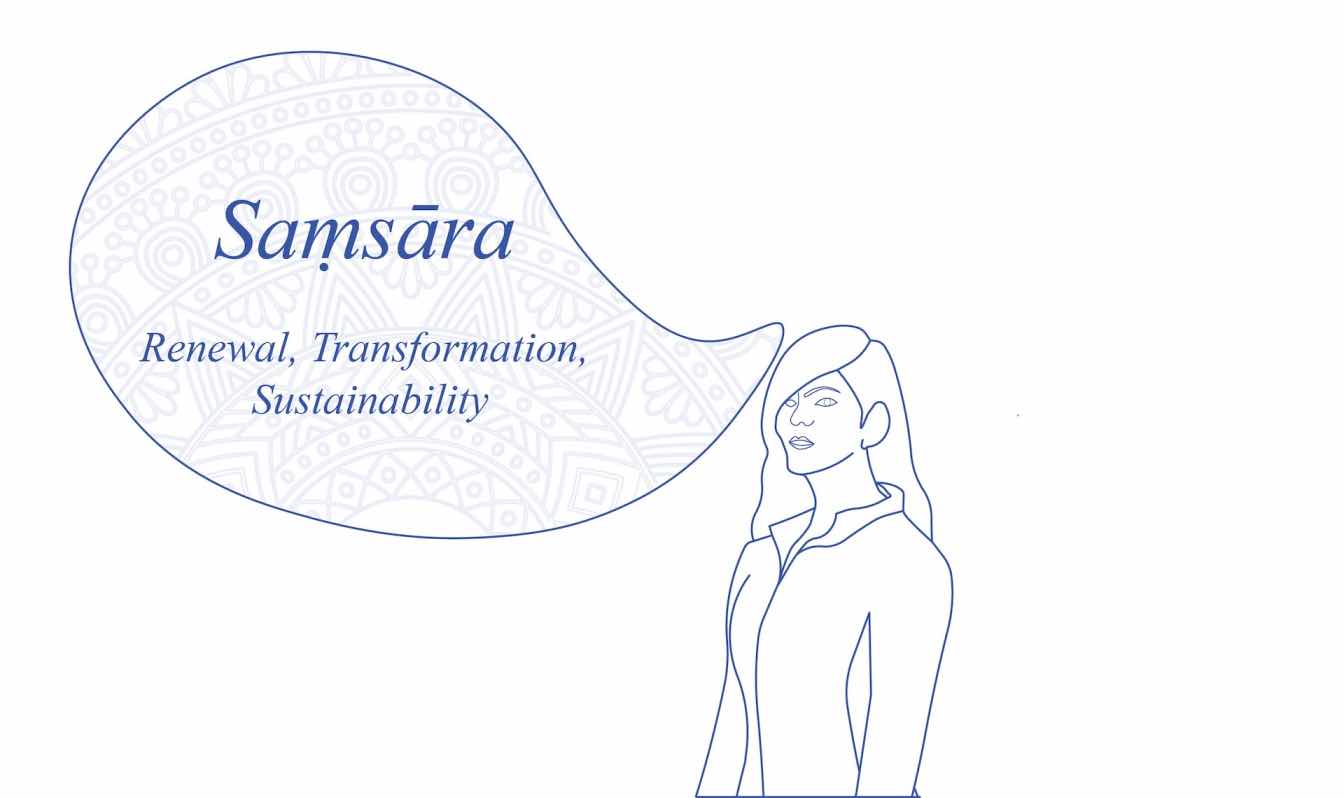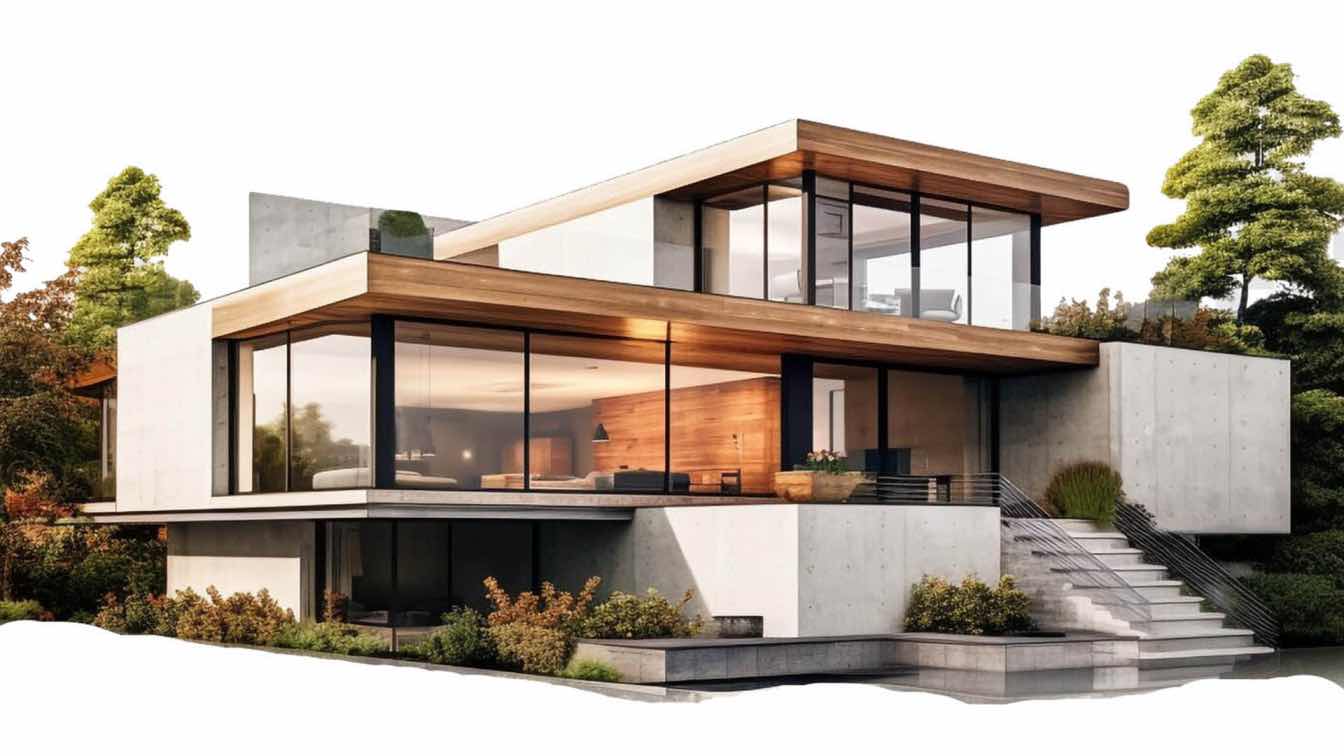Diversity is essential in every profession, bringing a range of perspectives, experiences, and ideas that drive innovation and inclusivity. In architecture, diversity is especially crucial, as the design of common spaces should reflect and accommodate the needs of all people, regardless of age, ability, or background. When architects and designers come from diverse communities, they bring firsthand insights that help create environments that are accessible, welcoming, and functional for everyone. By ensuring that public spaces are designed foreveryone and by everyone, we foster a more equitable and inclusive built world. We therefore thought it would be interesting to look around the World and highlight World renowned architects that particularly focus on diversity. In our search, we stumbled upon the female Indian Architectural Associate, Poorvi Gupta, who works with the distinguished architectural firm Dore and Whittier. Ms. Poorvi Gupta has a unique ability to merge sustainability, social justice, and design innovation, Poorvi is not just participating in the field—she is reshaping it. As an example, her highly acclaimed project, SAMSARA, created during her Master of Architecture studies at the prestigious Spitzer School of Architecture, is already generating conversations within the international architectural community for its radical approach to sustainability, adaptive design, and social equity.
A Thesis That Redefined Architectural Boundaries
SAMSARA was not just an academic exercise—it was a bold, paradigm-shifting manifesto. Developed during one of the most tumultuous periods in modern history, amid the COVID-19 pandemic and the Black Lives Matter movement, this project became a response to urgent global crises. Through SAMSARA, Poorvi questioned the linear nature of contemporary architecture and proposed a regenerative, cyclical design model that aligns with both environmental resilience and societal renewal.
What sets SAMSARA apart is its two interwoven conceptual pillars—The Infinite Truth Cloud and The Cycle of Reincarnation and Recycling. These ideas stem from Poorvi’s deeply personal experiences growing up in India, where socioeconomic divides shape the built environment in profound ways. Her ability to translate these insights into a design philosophy that is both practical and revolutionary solidifies her standing as a pioneer in the architectural field.

The Infinite Truth Cloud: A New Framework for Architectural Thought
At the core of SAMSARA is The Infinite Truth Cloud, an original theory developed by Poorvi that redefines how architecture engages with social, economic, and environmental complexities. This concept speculates that each individual exists within a constantly evolving cloud of external influences, shaping their lived reality.
By integrating this philosophy into architecture, SAMSARA challenges the rigid, one-size-fits-all approach to design. Instead, it promotes a fluid, responsive framework that adapts to the needs of communities over time. This idea alone distinguishes Poorvi as an architectural thinker far ahead of their peers, with the ability to introduce groundbreaking methodologies that could redefine global architectural discourse.

The Cycle of Reincarnation and Recycling: A Game-Changer in Sustainable Design
SAMSARA is not just theoretically ambitious—it is practically revolutionary. Drawing from her cultural and philosophical understanding of reincarnation, Poorvi saw a parallel between spiritual rebirth and the material lifecycle. In many marginalized communities, waste is not discarded—it is transformed into survival. SAMSARA elevates this unspoken ingenuity into a formalized design system, proposing that materials be continuously repurposed, reimagined, and reintegrated into the built environment.
This thesis makes a radical departure from conventional sustainability practices, advocating for a circular architectural economy where buildings are designed not for obsolescence, but for continual renewal. By proving that what society discards can be redefined as a resource, Poorvi is challenging one of the most entrenched inefficiencies in contemporary architecture.

An Architectural Response to Global Crises
The global events of 2020 and 2021 profoundly shaped the trajectory of SAMSARA. The COVID-19 pandemic exposed deep vulnerabilities in urban planning, housing accessibility, and resource consumption, while the Black Lives Matter movement intensified conversations about spatial justice and economic disparity.
🌍 A Model for Post-Pandemic Urbanism: SAMSARA presents a new paradigm for designing cities in a post-pandemic world, advocating for self-sustaining, community-driven architecture that prioritizes adaptability over permanence.
✊ A Statement on Social Inequality: The class and caste divisions that persist in India, which Poorvi has witnessed firsthand, mirror broader global inequities. SAMSARA confronts these injustices head-on, proving that architecture is not neutral—it is either a tool of oppression or a force for liberation.
Through her work, Poorvi demonstrates an ability to translate pressing sociopolitical issues into actionable, scalable architectural solutions—a skill that very few in the industry possess.
A Future Defined by Innovation, Sustainability, and Cultural Impact
SAMSARA is more than just a thesis—it is a movement. It positions Poorvi as an architectural innovator whose work challenges, inspires, and disrupts. Her approach to architecture is built upon three key principles:
- Design must be adaptive, not rigid.
- Sustainability is not a feature—it is the foundation.
- Architecture must address both environmental and social crises.
Few professionals at this stage in their careers exhibit the level of intellectual depth, design ingenuity, and cultural awareness that Poorvi has demonstrated through SAMSARA. Her ability to synthesize complex ideas into tangible architectural solutions has set her apart as an exceptional mind in the field.

A Global Influence in the Making
Poorvi’s work has the potential to reshape architectural discourse on a global scale. With SAMSARA gaining momentum, her contributions to sustainability,urban adaptation, and regenerative design are poised to influence not just academia, but also real-world urban development and policy-making.
With a rare combination of technical expertise, visionary thinking, and a socially conscious approach to design, Poorvi is emerging as a force to be reckoned with in the architectural world. Her journey has only just begun, but if SAMSARA is any indication of what’s to come, the industry should take note—because this is an innovator who is redefining the future.
Conclusion: A Visionary in the Making
SAMSARA is more than a thesis—it is proof of an architectural mind capable of shaping the future. Poorvi has demonstrated extraordinary ability in design, sustainability, and social impact, making them a prime candidate for international recognition and opportunities.
For those watching the future of architecture, one thing is clear: The world needs more architects like Poorvi Gupta—visionaries who challenge the norm, innovate fearlessly, and create lasting change.





